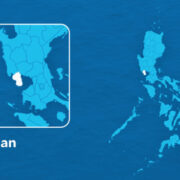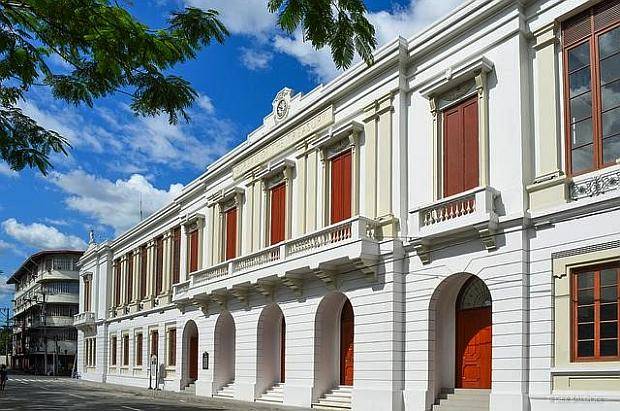BSP: Bad loans rose to 5-mo high in April

Bad debts held by local banks rose to a five-month high in April, as joblessness and weak demand conditions might have crimped the ability of consumers and businesses to pay their loans.
Latest data from the Bangko Sentral ng Pilipinas (BSP) showed nonperforming loans (NPL), or credit that is 90 days behind on a payment and at risk of default, cornered 3.39 percent of the Philippine banking industry’s total lending portfolio.
That figure, known as the gross NPL ratio, was the highest since the 3.54 percent recorded in November 2024. But it was nevertheless lower than the gross NPL ratio of 3.45 percent recorded in April last year.
In peso terms, this means P519.23 billion of the domestic banking sector’s P15.34-trillion loan book had turned sour in the beginning of the second quarter.
The gross amount of NPLs in April was 8 percent higher compared with a year ago, but was flattish compared to the preceding month’s level.
Although the total lending portfolio of domestic banks had grown by 10 percent year-on-year, figures showed the loan book shrank by 2 percent on a sequential basis.
Weaker demand
Reinielle Matt Erece, an economist at Oikonomia Advisory & Research Inc., said an unemployment rate that rose to a three-month high of 4.1 percent in April meant that some retail borrowers might have had a hard time settling their liabilities. That likely translated to weaker demand conditions, hitting many businesses and their ability to pay their debts.
“On the consumers’ side, higher unemployment these past few months may indicate slower earnings growth making it harder to pay their loans. In addition, slow demand and business growth may also impact business cash flows during the period,” Erece said.
“However, the year-on-year improvement of the NPL is a good sign for the financial system as it shows that rate cuts and better growth numbers can positively impact earnings and better repayment trends,” he added.
Michael Ricafort, chief economist at Rizal Commercial Banking Corp., said the uptick in soured loans could be due to softer credit growth, as global trade uncertainties prompted many companies to shelve their expansion—and borrowing—plans.
“Uncertainties over Trump’s higher tariffs could slow down the world economy and indirectly the local economy, especially exporters,” Ricafort said, adding that such a condition could weigh on employment, sales and incomes.
Credit defaults
As a result, banks beefed up their defenses against potential losses from unpaid loans.
Data showed lenders set aside P493.8 billion as allowance for credit defaults in April. This translated to an NPL coverage ratio—a measure of sufficiency of buffers against losses—of 95.10 percent, higher than the preceding month’s 95.05 percent.




















